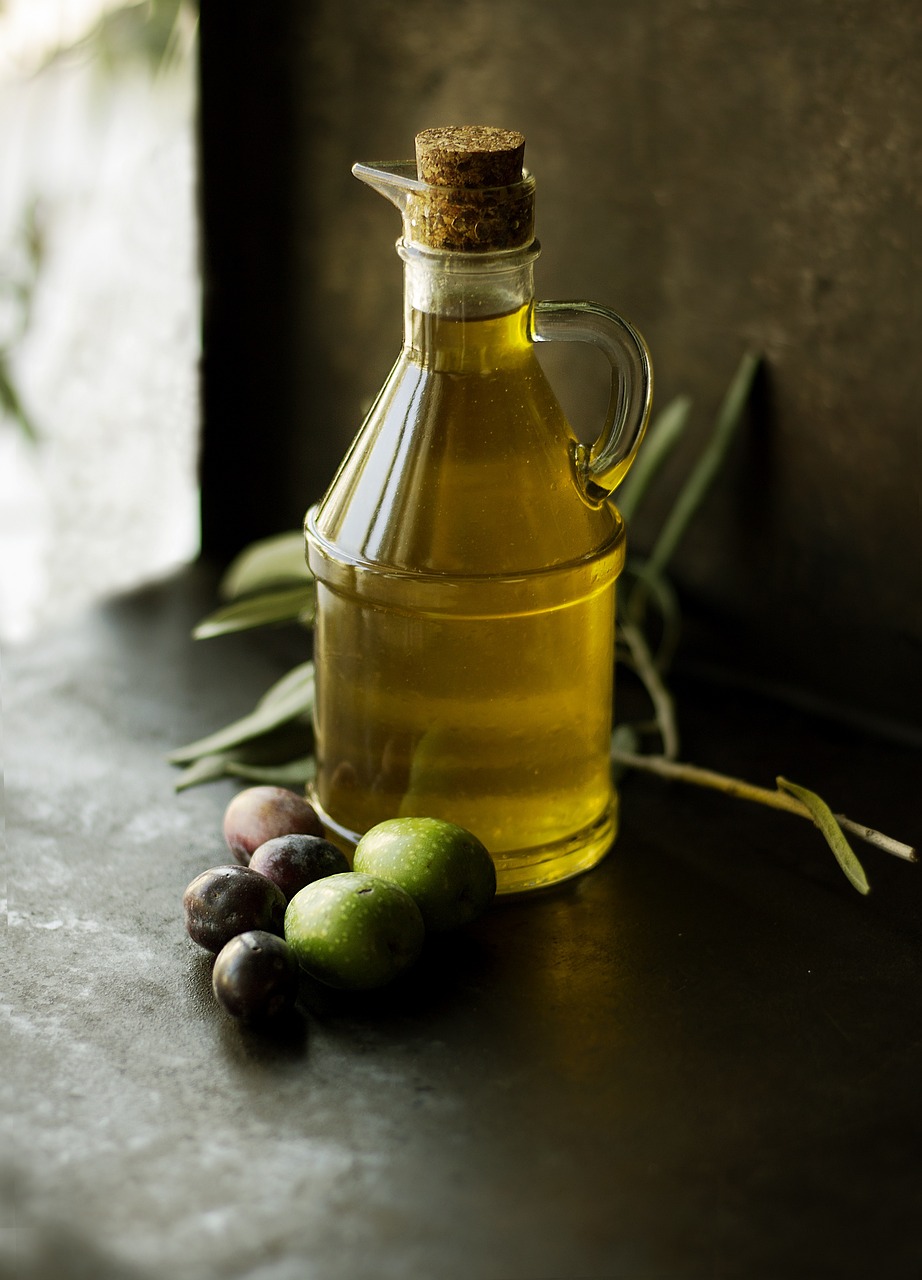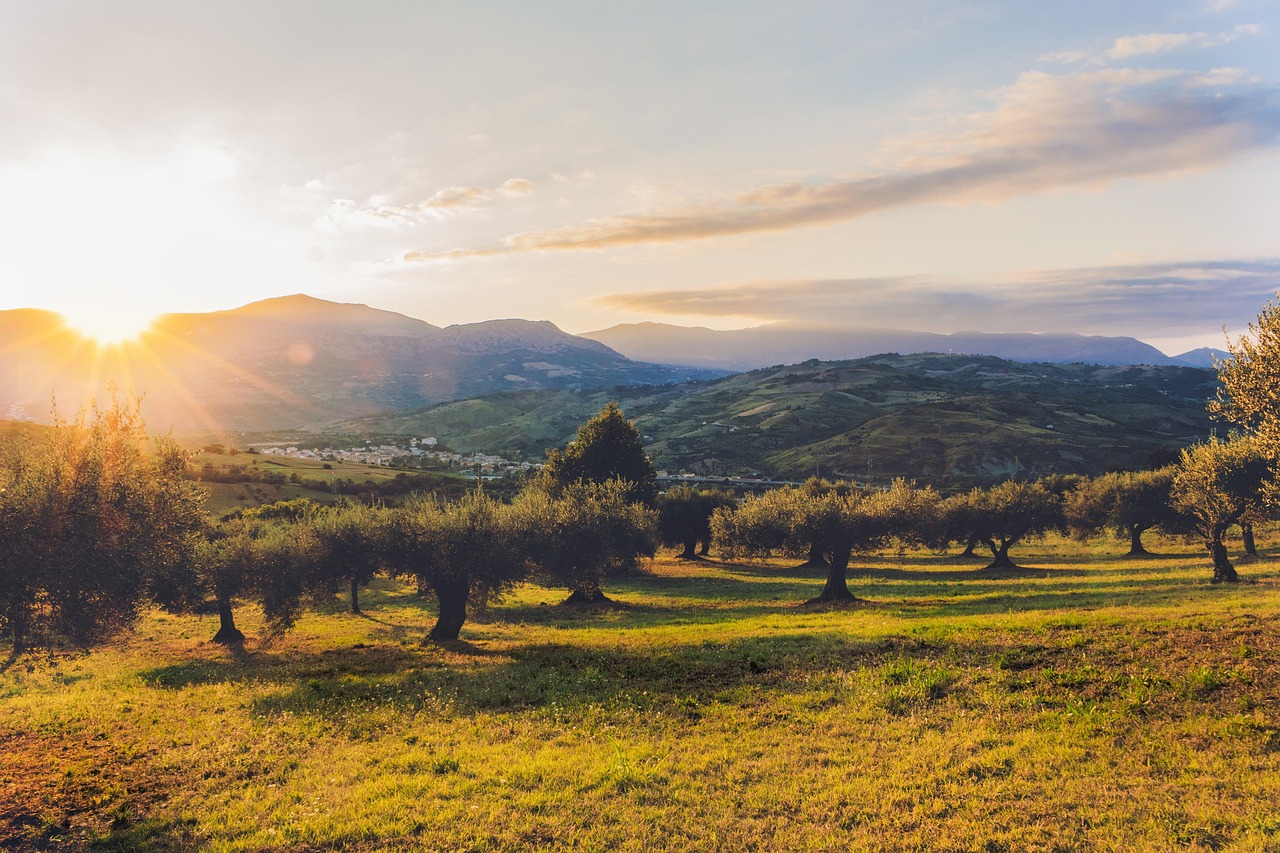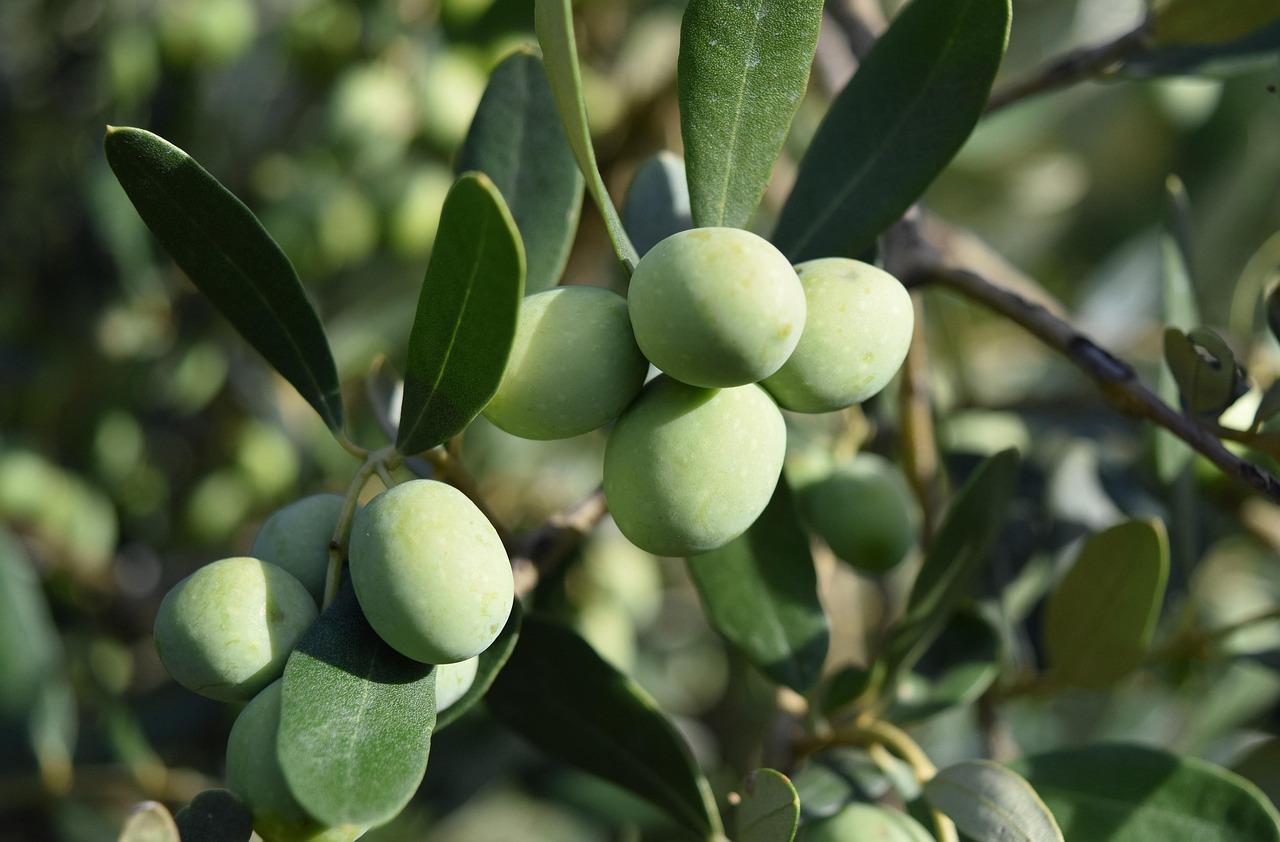
Olive oil is much more than a kitchen ingredient: it's history, culture, health and tradition. In this article we explore its origin, production, varieties, nutritional benefits and some curious facts you might not know.
What is olive oil and how is it made?
Olive oil is a vegetable fat obtained from the fruit of the olive tree, a tree native to the Mediterranean basin that can live for hundreds of years. The olive tree is resistant to dry climates and poor soils, and its evergreen leaves, silvery-green in color, have made it a symbol of peace and longevity since ancient times.
The oil is obtained through mechanical or physical processes, without the use of chemicals or excessive heat. This allows it to preserve its flavor, aroma, color and natural quality, as well as its health benefits.
Traditional production consists of harvesting the olives, washing them, grinding them (in stone or with modern systems), and pressing the paste to extract the oily juice. This juice is left to rest so that the oil, which floats on the water, can be easily separated and ready for consumption.
How many kilos of olives are needed to obtain one liter of olive oil?

It depends on the variety, maturity and extraction method, but as a general rule:
Between 4 and 6 kilos of olives are needed to obtain 1 liter of extra virgin olive oil.Riper olives give higher yield in quantity, but not necessarily in quality.
Types of olive oil
The best-known types of olive oil are:
Traditional uses:
- Natural cosmetics: Thanks to its richness in antioxidants and vitamin E, olive oil is an excellent natural moisturizer. It's used to nourish dry skin, soften rough areas like elbows and heels, and also to strengthen hair, providing shine and softness. It's even used as a natural makeup remover or as a base for homemade masks.
- Artisanal soaps: For centuries, soap has been made from olive oil, water and caustic soda. These natural soaps are gentle, biodegradable and recommended for sensitive skin, as they contain no harsh chemicals or artificial fragrances.
- Massages and aromatherapy: Due to its texture and emollient properties, olive oil is ideal for relaxing or therapeutic massages. It can be mixed with essential oils to enhance its effect in aromatherapy treatments, helping to relieve muscle tension, moisturize skin and calm the mind.
- Oil lamps: It was used as a light source due to its slow and clean combustion, without producing excessive smoke, illuminating homes, temples and roads. It was one of the most used light sources in the ancient world.
- Medicinal ointments and religious rituals: Its soothing and anti-inflammatory properties made it ideal for treating wounds, burns and skin conditions. Additionally, in cultures like Greek, Roman, Jewish and Christian, it was a symbol of purity, life and blessing. It was used to anoint kings, priests and in spiritual ceremonies.
A legacy that lives on
Olive oil is a true millenary treasure that has accompanied humanity in its history, culture and nutrition. Knowing its types, origins and benefits not only helps us choose better, but also to value everything it represents: health, tradition and flavor.
To learn more about gourmet and healthy foods, visit our blog and follow us on social media. Main categories:
- Extra virgin olive oil: the highest quality. Cold extracted, without defects, with acidity ≤ 0.8%. Impeccable aroma and flavor.
- Virgin olive oil: it's a natural oil like extra virgin, but may have small imperfections in taste or aroma. Its acidity can be slightly higher, up to 2%.
- Olive oil: it's a blend of treated oils and a bit of virgin oil. It's of lower quality, with milder flavor and lighter color.
Main olive oil producing countries
The world's largest olive oil producers stand out for tradition, quality and volume. Here's a review of the most important ones:
Main producers:
- Spain: The absolute leader. Produces more than 40% of the world's olive oil. The main producing regions are Andalusia (especially Jaén, Córdoba and Seville), Castilla-La Mancha and Catalonia. It's known for its great variety of olives and for exporting both bottled oil and bulk oil worldwide.
- Italy: Italy is famous for its high-quality oils, many with protected designation of origin (PDO). Regions like Tuscany, Puglia and Sicily produce oils with intense aromatic profiles highly valued in the gourmet market. Italy is also one of the world's largest consumers of olive oil.
- Greece: Greece has the highest per capita consumption of olive oil in the world. It mainly produces extra virgin oil and uses it in almost all its gastronomy. The region of Crete is one of the most outstanding. Greek varieties are usually fruity with a bitter touch.
- Turkey: Turkey has a long olive-growing tradition, especially in regions like the Aegean Sea. Although much of its production is consumed locally, the country has increased its exports in recent years, with oils that stand out for their intensity and character.
- Tunisia: It's the main producer in Africa and one of the largest exporters to Europe. Its climate favors abundant production and, although part of Tunisian oil is sold in bulk to other countries (like Italy or Spain), more and more local brands are gaining international prestige.
- Argentina: Main Latin American producer, with olive groves in provinces like Mendoza, San Juan and La Rioja. Argentine oil has greatly improved in quality and is already recognized in international competitions. It also exports to markets like the US, Brazil and Europe.
- Chile: Chile has ideal climatic conditions for olive cultivation. Its industry is relatively young but highly technical, which has allowed obtaining oils of excellent quality, especially extra virgin, with balanced and mild flavor.
Olive oil in history

Olive oil is one of humanity's oldest foods, with a history dating back more than 6,000 years. Its use has been present in some of the most influential civilizations of the ancient world.
Historical civilizations:
- Egyptians, Phoenicians and Mesopotamians: Already in 4,000 BC there are records of olive trees cultivated in the Fertile Crescent (Middle Eastern region that encompasses present-day southern Iraq, Syria, Lebanon, Jordan, Israel and northern Egypt, often called the "Cradle of civilization"). Olive oil was used not only as food, but also in cosmetics, medicine and embalming rituals. The Phoenicians helped expand olive cultivation throughout the Mediterranean.
- Classical Greece: For the Greeks, olive oil was a sacred symbol, a gift from the goddess Athena. It was used in cooking, but also as body ointment, natural medicine and to light lamps. Olympic athletes applied it to their skin before competing. The olive tree was so important that cutting one down could be considered a crime.
- Roman Empire: The Romans perfected cultivation and extraction techniques, and made oil a central element of their diet. They also used it in public baths, religious rituals and as a base for medicinal remedies. Their expansion throughout Europe brought olive cultivation to new regions, many of which continue producing oil today.
- Middle Ages and global expansion: During the Middle Ages, monasteries kept oil production alive, and with the expansion of Christianity and Islam, the olive tree remained a symbol of peace, purity and life. Later, Spanish and Portuguese conquistadors brought the olive tree to Latin America, especially to areas like Argentina, Chile, Peru and Mexico.
Nutritional value of olive oil
Extra virgin olive oil is one of the healthiest fats that exist. It stands out for its high content of monounsaturated fatty acids, especially oleic acid (omega 9), which contributes to reducing bad cholesterol (LDL) and increasing good cholesterol (HDL). It also contains natural antioxidants like polyphenols and vitamin E, which help protect cells from oxidative damage and combat inflammation.
These properties give it anti-inflammatory and cardioprotective effects, making it an ideal ally for heart health and chronic disease prevention.
If we compare olive oil with other common vegetable oils, like sunflower and soy oil, its nutritional and functional advantages become even more evident:
Nutritional advantages:
- It's much richer in omega 9 (oleic acid) than sunflower oil, and also surpasses soy oil.
- It has a balanced omega 6 content, unlike sunflower oil, which has very high levels.
- It provides natural antioxidants, something the other two oils don't offer significantly.
- And perhaps most important in cooking: olive oil has high heat stability, meaning it better resists high temperatures and oxidizes less, better preserving its properties and avoiding the formation of harmful compounds during cooking.
Non-food uses of olive oil

Although olive oil is mainly recognized for its value in cooking, its properties have made it, since ancient times, a multifunctional product with applications that go far beyond gastronomy.
###




